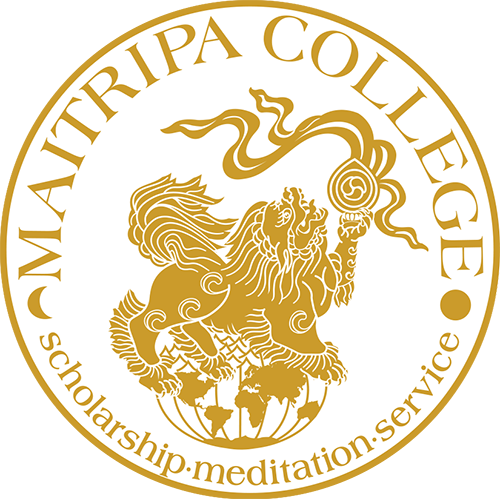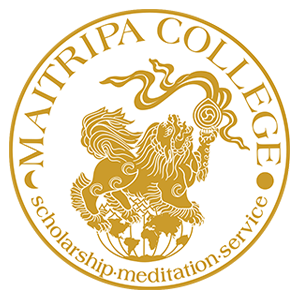Maitripa College follows the best practices as outlined by the Association of Research Libraries in the ARL Code of Best Practices in Fair Use for Academic and Research Libraries. It is important for faculty and teaching assistants to be familiar with these best practices. Additional guidance for faculty and TAs can be found in Using Copyrighted Works in your Teaching and Know Your Copy Rights: What You Can Do.
Digital Uploads to Populi
For Maitripa College faculty and TAs uploading PDFs of articles and/or book selections to Populi for course reading, please see Section One: Supporting Teaching and Learning with Access to Library Materials via Digital Technologies of the ARL Code of Best Practices and complete the Fair Use Checklist. The resources on the right include additional tools to help you to determine whether usage of desired materials falls under fair use.
If in Doubt as to whether Fair Use Applies:
- Ask the JABL librarian to request permissions from copyright holder or pay for use through Copyright Clearance Center.
- Link directly to the work on a legitimate web site (open archives/author page).
Copyright Advisory Network resources:
Association of Research Libraries (ARL) resources:
Introduction to Fair Use Checklist
The Fair Use Checklist and variations on it have been widely used for many years to help educators, librarians, lawyers, and many other users of copyrighted works determine whether their activities are within the limits of fair use under U.S. copyright law (Section 107 of the U.S. Copyright Act). Fair use is determined by a balanced application of four factors:
- the purpose of the use;
- the nature of the work used;
- the amount and substantiality of the work used;
- the effect of the use upon the potential market for or value of the work used.
Those factors form the structure of this checklist. Congress and courts have offered some insights into the specific meaning of the factors, and those interpretations are reflected in the details of this form.
Checklist as Roadmap
As you use the checklist and apply it to your situations, you are likely to check more than one box in each column and even check boxes across columns. Some checked boxes will favor fair use and others may oppose fair use. A key issue is whether you are acting reasonably in checking any given box, with the ultimate question being whether the cumulative weight of the factors favors or turns you away from fair use.
This is not an exercise in simply checking and counting boxes. Instead, you need to consider the relative persuasive strength of the circumstances and if the overall conditions lean most convincingly for or against fair use. Because you are most familiar with your project, you are probably best positioned to evaluate the facts and make the decision.
Further Information
You can learn more about copyright and fair use from many sources, including:
- Copyright for Libraries
American Library Association - Copyright Program
Indiana University Bloomington
(http://creativecommons.org/licenses/) with credit to the original creators of the checklist, Kenneth D. Crews (Columbia University) and Dwayne K. Buttler (University of Louisville).


